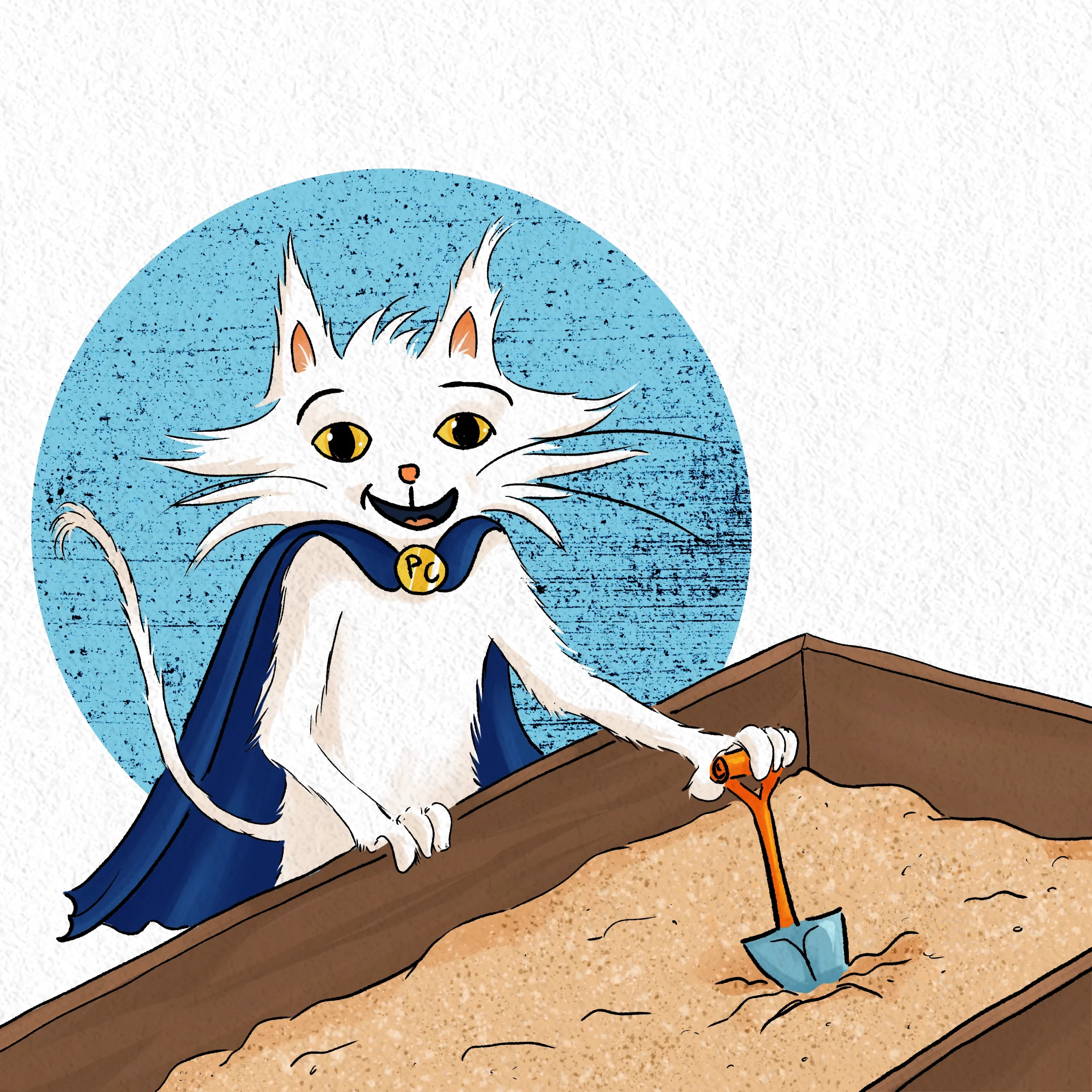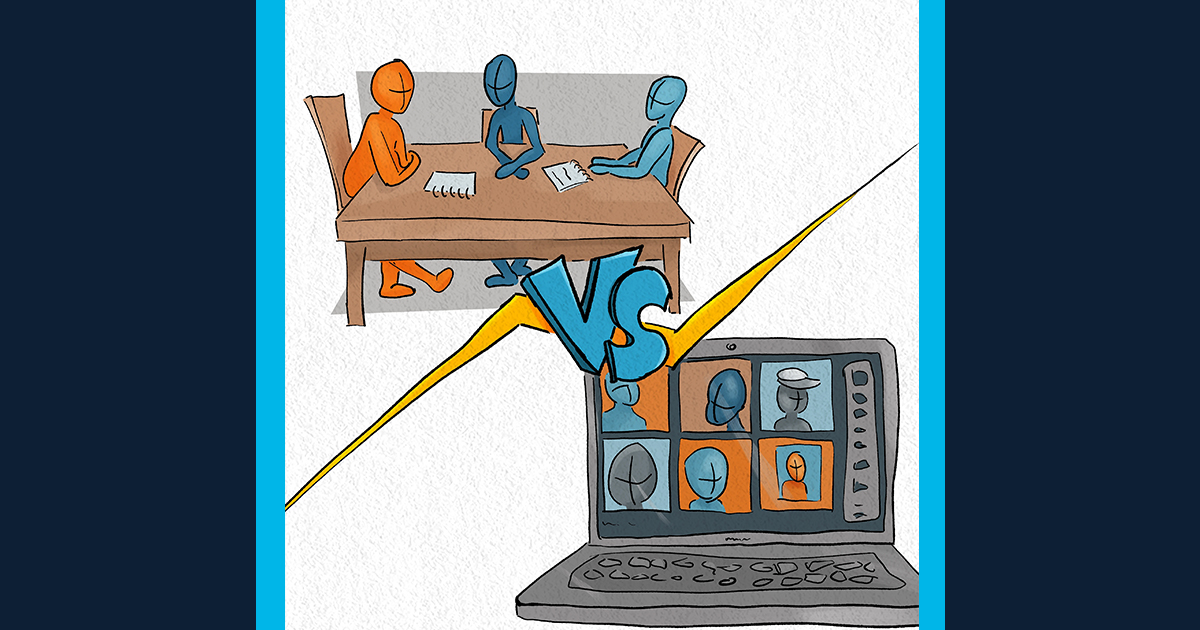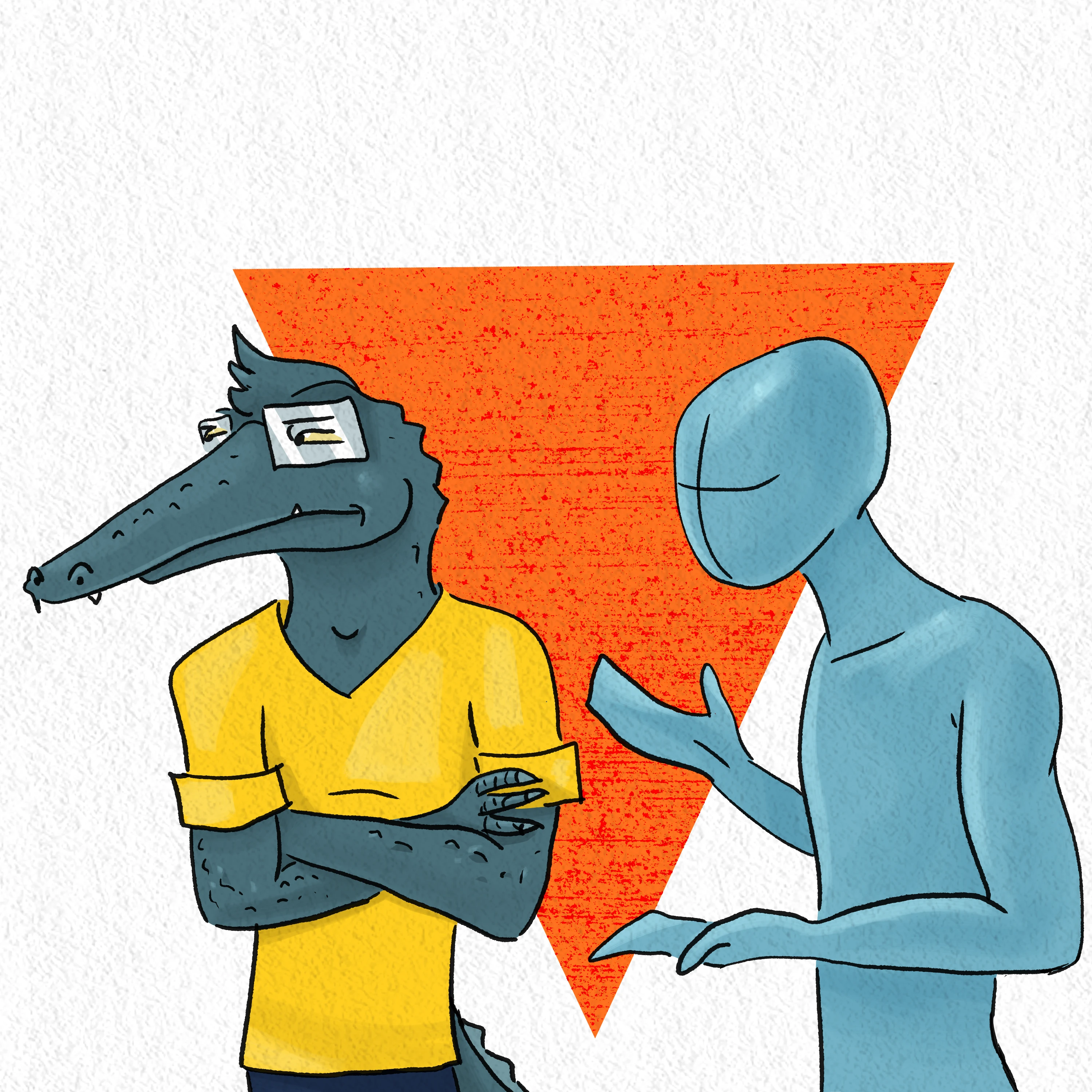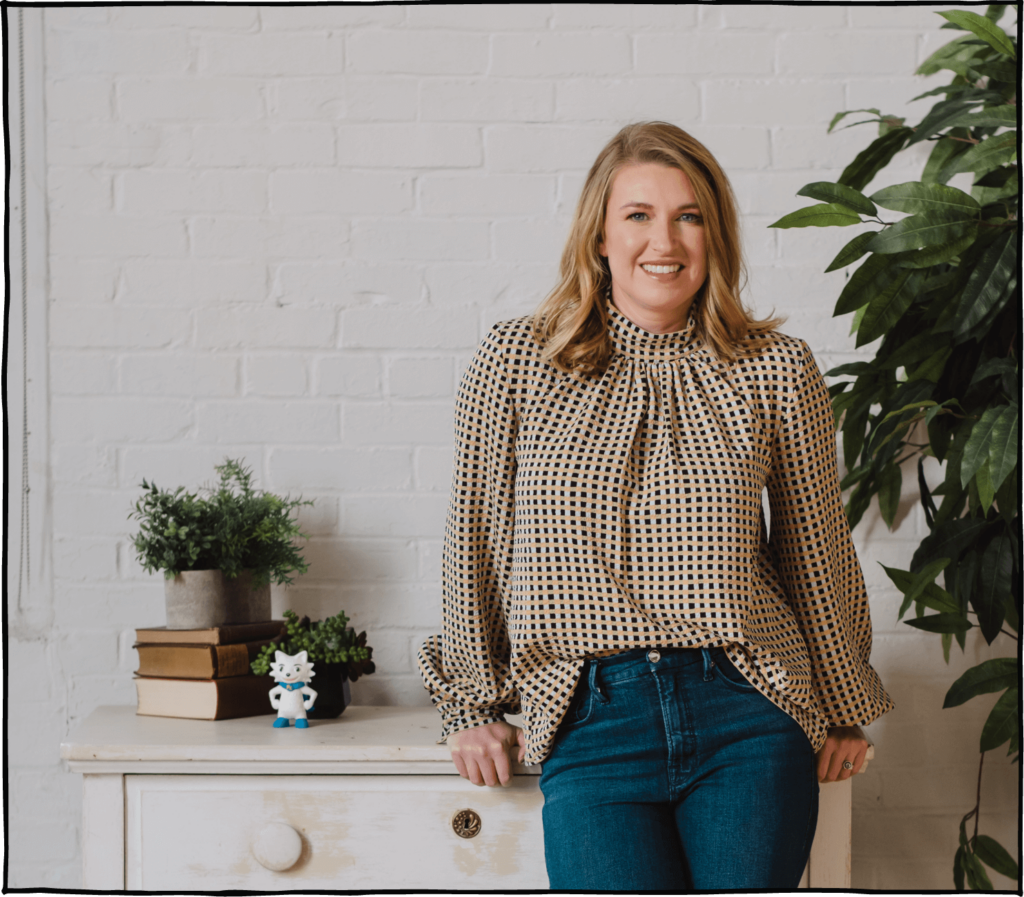If you’ve been following along with the story of the Process Cat Desk Buddy, you know that we went from cartoon to a 3D figure modelled in software, to a 3D-printed prototype, to a resin-casted figurine. That’s pretty cool in itself. Now for the next step we developed a homemade paint mask!
We needed to create this new process as a way to paint the faces on the cats. See, the “classic” ways to paint the face would be by hand (tedious) or by outsourcing to a company that could use a pad-printing technology (expensive.)
But we decided to try something new. Jim from Morlock had the idea to try 3D-printing paint masks!
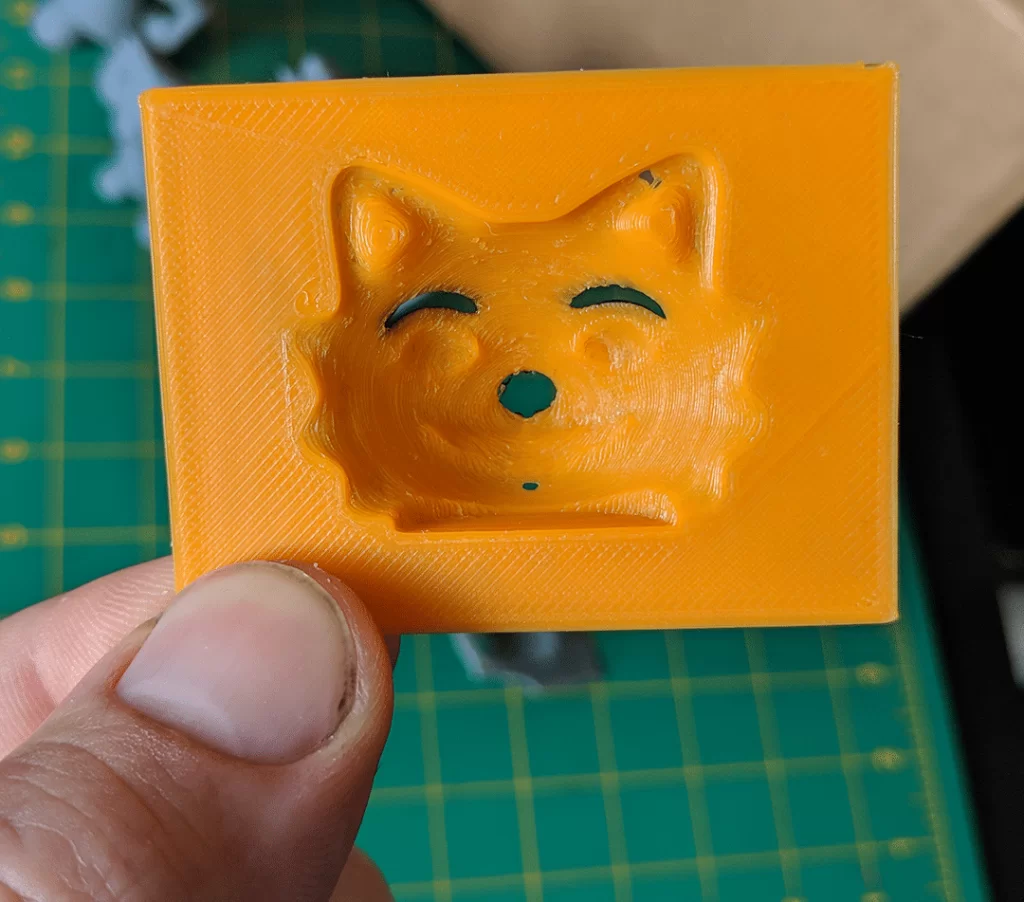
Let’s Talk Issues
Paint masks aren’t usually made this way because of registration issues. And in fact some were encountered when using this process. (In other words, if you just print the mask and put it on the figurine, the features won’t always line up perfectly. )
The reason for that is tolerance stacking: 3D printing as a technology has many strengths, but one of its weaknesses in general is that there is less precision in the dimensions of the finished part than with some other technologies. When you have multiple parts that are 3D-printed, this issue gets worse. (Since there is more variability in BOTH the head and the mask.)
So the process was a little more manual – Jim would actually heat the mask and manipulate it (“mush it” might be the technical term) to get it to fit. And for a small-scale process, particularly one that doesn’t require tight quality control for safety reasons (such as airplanes or medical devices) that’s actually fine!
The homemade paint masks ended up working well: the mask was positioned over the head and paint was applied.
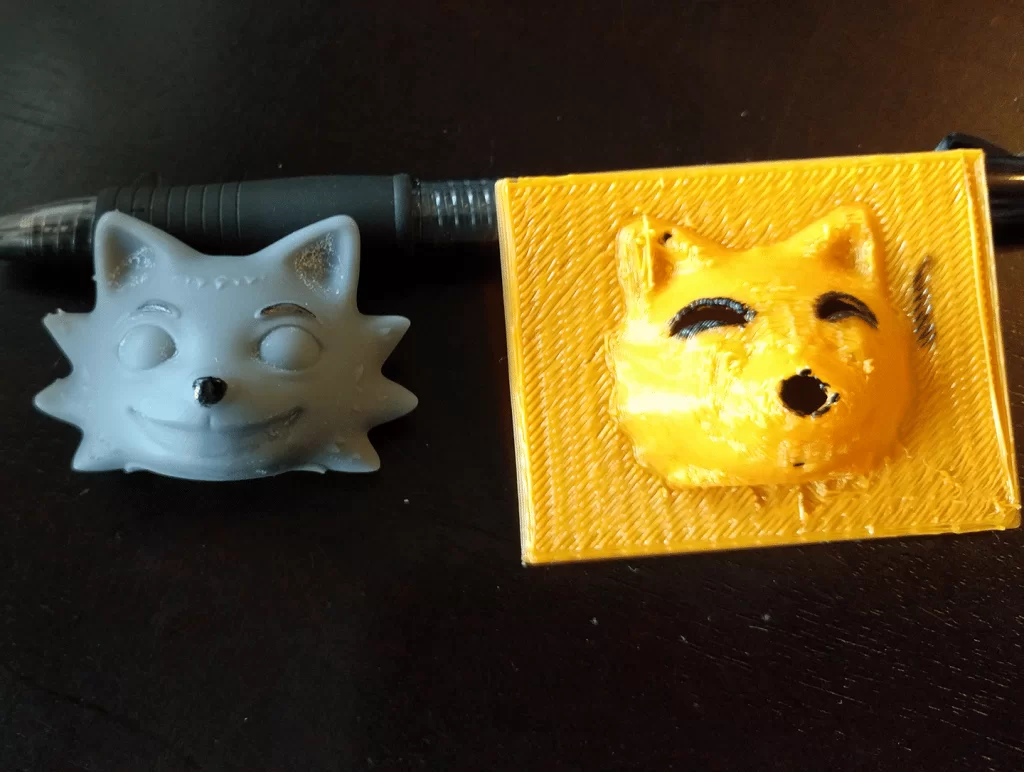
Next Steps
Once this process was established, it could be used on the resin-casted Desk Buddies. (The colors of Process Cat and his cape + shoes were created by including dye in the polyurethane resin, a well-established process which you can read about (link: here.))
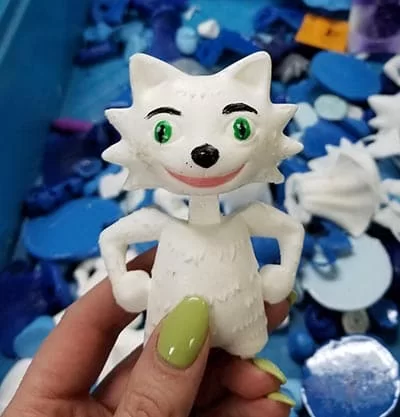
Getting Closer!
This process worked great for the larger features, such as the eyebrows and the mouth. But the highlights on the eyes continued to be difficult to get right. So in the end?
Jim simply use a paintbrush! And that I think is another important lesson for small-scale manufacturers: sometimes coming up with a scalable process is important. But sometimes it’s really enough to just find something that works, even if it’s more manual.
A Word of Warning
Don’t get sucked into the trap of thinking every single step has to be optimized for a production run of 1 million parts if you’re only making 100!
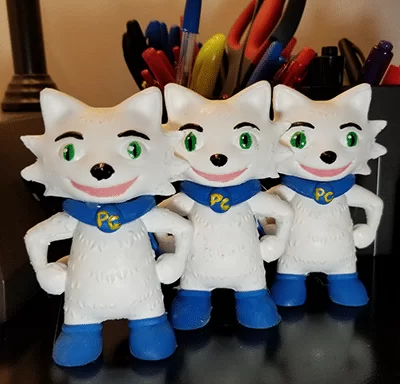
Challenge for this week:
Think through some projects you’ve done or are currently doing, and ask yourself if you’ve ever fallen into the trap of optimizing EVERYTHING when it would have been better to just do some things manually!

